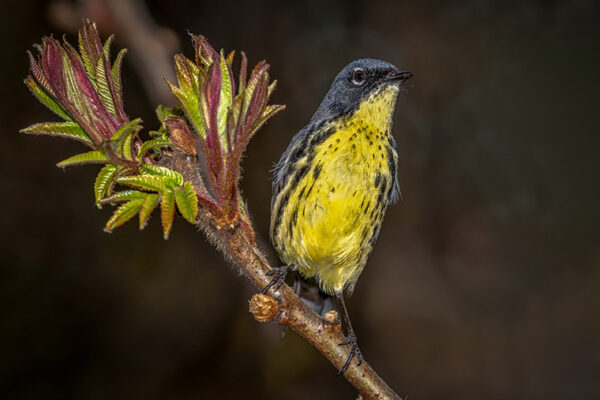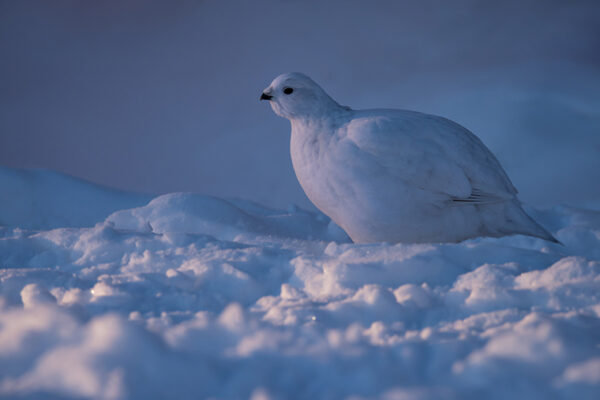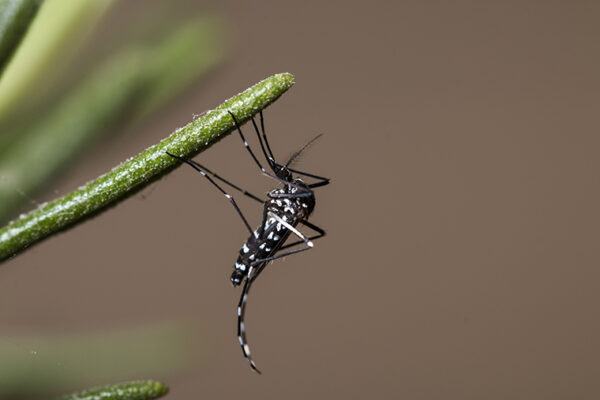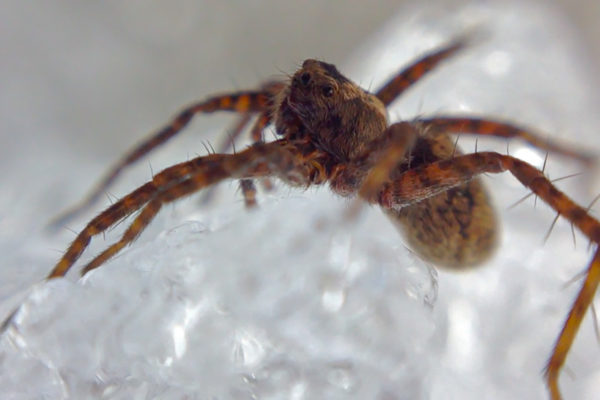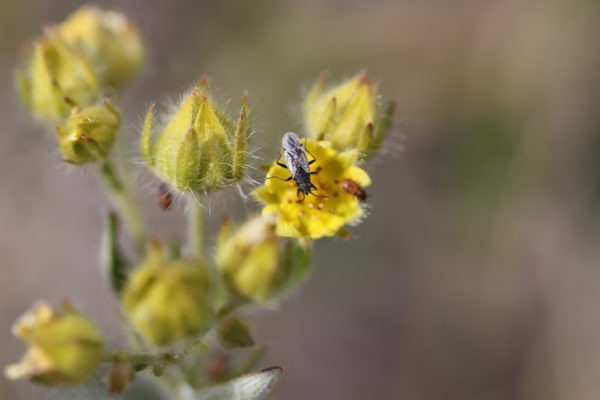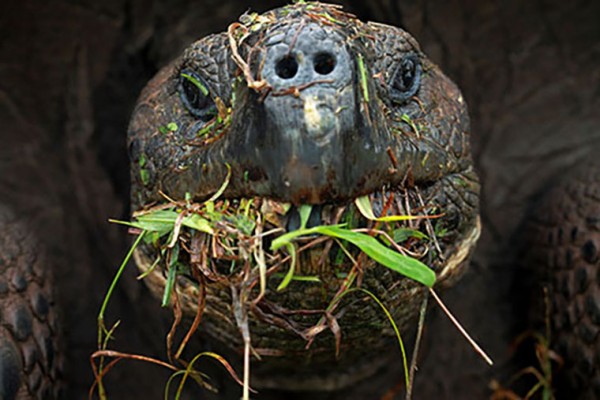Birds of a feather better not together
Diversity plays a key role in maintaining the stability of plant and animal life in an area. But it’s difficult to scale up smaller experiments to understand how changes will impact larger ecosystems. A new study of North American birds from biologists in Arts & Sciences reveals the importance of both total numbers and variation in species identities.
Big brains or big guts: Choose one
A global study comparing 2,062 birds finds that, in highly variable environments, birds tend to have either larger or smaller brains relative to their body size. New research from Carlos Botero, assistant professor of biology in Arts & Sciences, finds birds with smaller brains tend to use ecological strategies that are not available to big-brained counterparts.
WashU Expert: Mosquitoes and ticks do better in extreme cold than we do
Does this recent extreme cold snap spell bad news for mosquitoes and ticks this summer? Not necessarily. Researchers at Tyson Research Center, the environmental field station for Washington University in St. Louis, offer insight into how both insects are surviving the Polar Vortex that has gripped most of the Midwest and eastern United States.
Warming alters predator-prey interactions in the Arctic
Under warming conditions, Arctic wolf spiders’ tastes in prey might be changing, according to new research by biologist Amanda Koltz in Arts & Sciences — initiating a new cascade of food web interactions that could potentially alleviate some impacts of global warming.
Bugged out by climate change
Warmer summer and fall seasons and fewer winter freeze-thaw events have led to changes in the relative numbers of different types of bugs in the Arctic, says Amanda Koltz, a postdoctoral fellow in Arts & Sciences. The study relies on the longest-standing, most comprehensive data set on arctic arthropods in the world today: a catalogue of almost 600,000 flies, wasps, spiders and other creepy-crawlies collected at the Zackenberg field station on the northeast coast of Greenland from 1996-2014.
New life for endangered coastal lupine
A rare, coastal flowering plant known as Tidestrom’s lupine — threatened by native deer mice that can munch up to three-quarters of its unripe fruits under cover of an invasive beachgrass — has been given a new life with the large-scale removal of that grass, a long-term study in the journal Restoration Ecology shows.
Endangered tortoises thrive on invasive plants
Introduced plants make up roughly half the diet of two subspecies of
endangered tortoise, field research in the Galapagos reveals. Tortoises seem to prefer non-native to native plants and the plants may help them to stay well-nourished during the dry season.
Gut microbes in healthy kids carry antibiotic resistance genes
Friendly microbes in the intestinal tracts of healthy American children have numerous antibiotic resistance genes, according to results of a pilot study by scientists at the School of Medicine. The genes are cause for concern because they
can be shared with harmful microbes, interfering with the effectiveness of antibiotics in ways that can contribute to serious illness and, in some cases, death. Pictured is the study’s senior author, Gautum Dantas, PhD.
Walking in the footsteps of 19th- and 20th-century naturalists, scientists find battered plant-pollinator network
Two biologists at Washington University in St. Louis were delighted to discover a meticulous
dataset on a plant-pollinator network recorded by Illinois naturalist
Charles Robertson between 1884 and 1916. Re-collecting part of Robertson’s network, they learned that although the network has compensated for some losses, battered by climate change and habitat loss it is now weaker and less resilient than in Robertson’s time.
Study extends the ‘ecology of fear’ to fear of parasites
Work at Washington University in St. Louis, just
published in EcoHealth, shows that the ecology of fear, like other
concepts from predator-prey theory, also extends to parasites. Raccoons and squirrels would give up food, the study demonstrated, if
the area was infested with larval ticks. At some level, they are
weighing the value of the abandoned food against the risk of being
parasitized.
View More Stories
